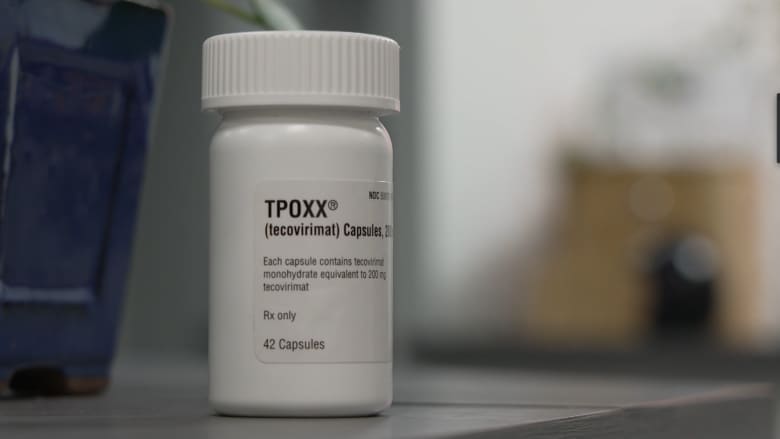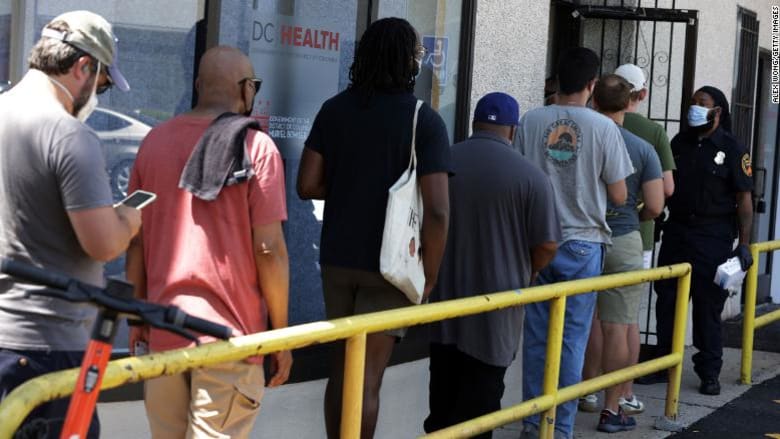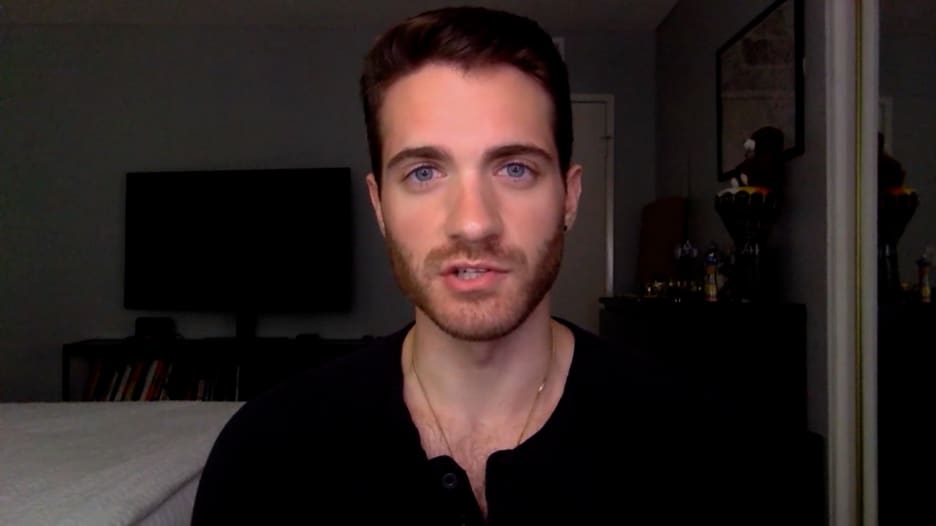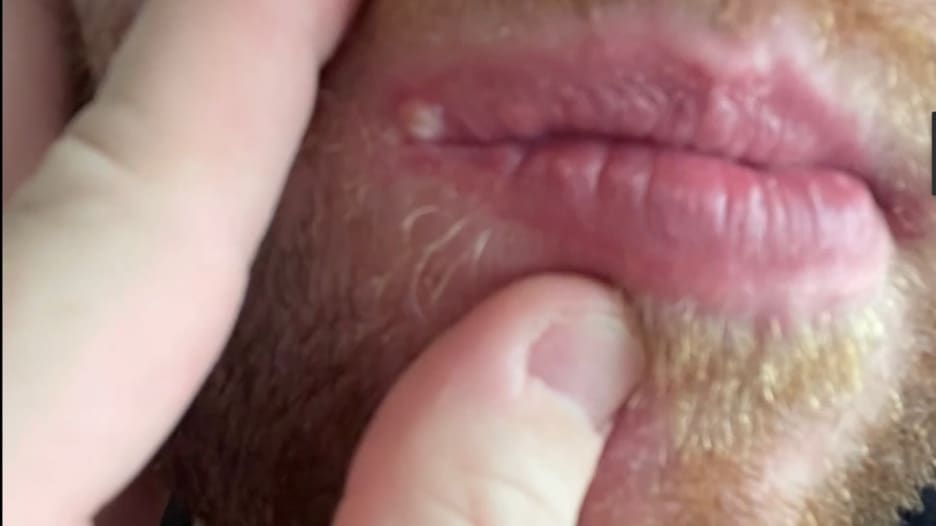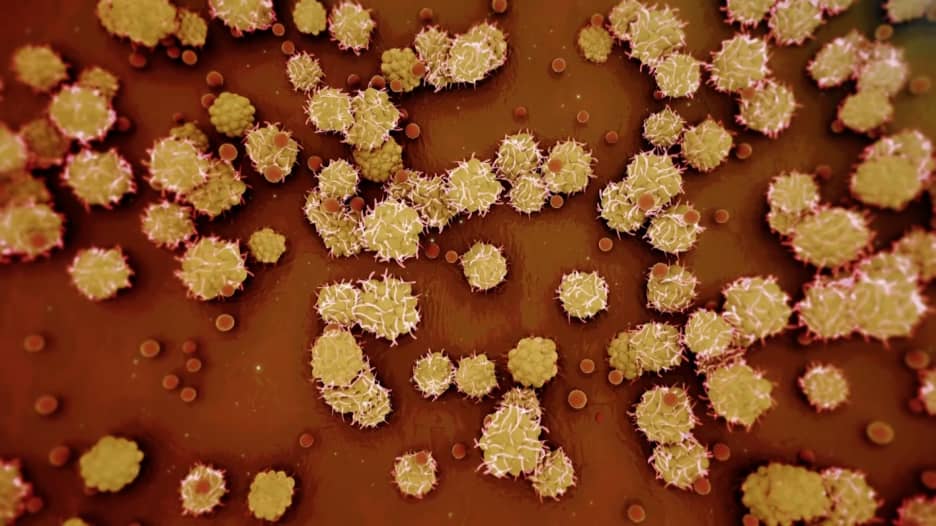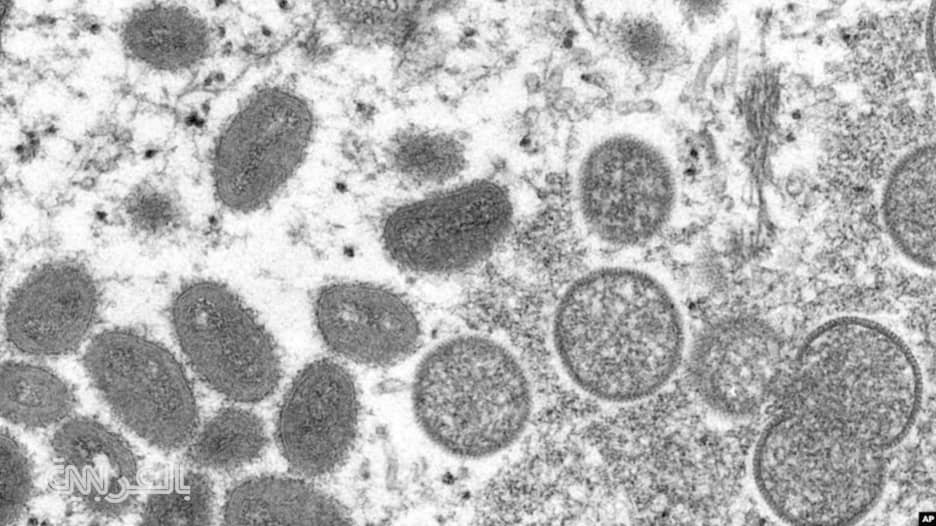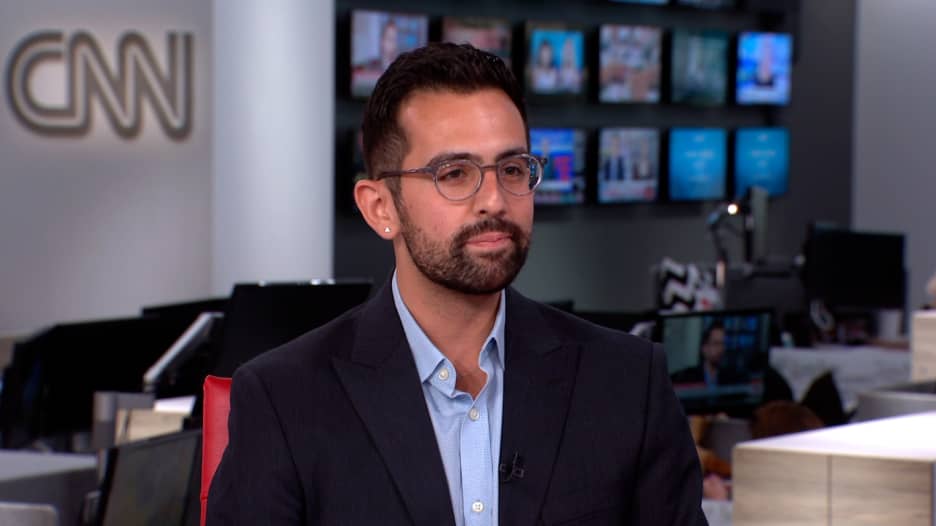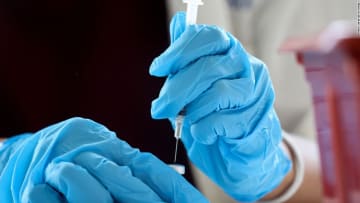دبي، الإمارات العربية المتحدة (CNN) -- يقدم تحليل مفصّل لبيانات مرض جدري القردة، نشرته المراكز الأمريكية لمكافحة الأمراض والسيطرة عليها (CDC)، الجُمعة، جانبًا جديدًا من تفشّي الفيروس، أنّه يؤثر بشكل غير متكافئ على الرجال الذين يمارسون الجنس مع الرجال، لا سيّما بين ذوات البشرة السوداء واللاتينيين.
وسجلت الولايات المتحدة 2،891 حالة إصابة بجدري القردة بحلول 22 يوليو/ تموز الماضي، أي بعد حوالي شهرين من تسجيل أول حالة في البلاد.
وتلقّت مراكز مكافحة الأمراض نماذج تقرير الحالة، مزودة بالمعلومات الوبائية والسريرية الإضافية، التي تخصّ نسبة 41% من تلك الحالات، رغم أن كل التفاصيل الخاصة بهذه النماذج غير مكتملة.
وبين الحالات التي توافرت فيها البيانات، كانت نسبة 94% منها تعود لرجال أبلغوا عن اتصال جنسي أو حميم حديث مع رجل آخر، وكان أكثر من نصف الحالات، أي نسبة 54%، من السود واللاتينيين، الذين يمثلون حوالي ثلث (34%) سكان الولايات المتحدة.
وقد زادت نسبة حالات الإصابة بين السود خلال الأسابيع الأخيرة، وفقًا لتحليل الوكالة.
وأفاد مؤلفو التقرير أنه "ينبغي لجهود الصحة العامة إعطاء الأولوية للمثليين، ومزدوجي الميل الجنسي، وغيرهم من الرجال الذين يمارسون الجنس مع رجال، ومن يتأثرون راهنًا على نحو غير متكافئ، من أجل تقديم الوقاية والمعاينة لهم، بالإضافة إلى علاج قضية الإنصاف، والتخفيف من الوصم، والحفاظ على حالة التأهب بهدف تفادي انتقال العدوى إلى مجموعات سكانية أخرى".
ويُظهر تحليل إضافي أنّ جميع المرضى يعانون من طفح جلدي.
ومع ذلك، كان الطفح الجلدي التناسلي أكثر شيوعًا في انتشار جدري القردة، بنسبة 46%، مقارنة بأعراض المرض "النموذجية"، يليه الطفح الجلدي على الذراعين (40%)، والوجه (38%)، والساقين (37%).
وأبلغ أكثر من ثلث الحالات المصابة التي تتوافر بيانات حولها، عن ظهور طفح جلدي في أربع مناطق أو أكثر لديهم.
ومع ذلك، فإن علامات الإنذار المبكر للمرض أقل شيوعًا في الفاشية الحالية مقارنةً مع جدري القردة "النموذجي".
وفي حوالي 2 من كل 5 حالات مصابة، بدأ المرض بالطفح الجلدي، ولم يتم الإبلاغ عن أي أعراض أولى أخرى مثل القشعريرة، أو الصداع، أو التوعك.
لم يبلّغ حوالي 2 من كل 5 حالات مصابة عن إصابتهم بارتفاع الحرارة.
ويؤكد مؤلفو التقرير أن أي شخص مصاب بطفح جلدي يتماثل وأعراض جدري القردة، عليه إجراء فحص بحثًا عن الفيروس، مهما كانت هويته أو ميوله الجنسية أو الأعراض الأخرى التي يعاني منها.
بين تلك الحالات التي توافرت بيانات عنها، احتاج أقل من 1 بين كل 10 مصابين بجدري القردة (8%) إلى الاستشفاء، ولم ترد أنباء عن وفيات ناجمة عن الإصابة بهذا الفيروس.
وبين من أتيح لهم تلقي اللقاح، حصلت نسبة 14% منهم على لقاح للجدري، بينهم 3% حصلوا على جرعة واحدة من لقاح "جينوس" خلال هذه الفاشية.
وعانى شخص واحد مصاب بجدري القردة من أعراض المرض في الحد الأدنى، بعد مرور أكثر من ثلاثة أسابيع على تلقيه الجرعة الأولى من لقاح "جينوس".
وتم الإبلاغ عن "نسبة كبيرة" من حالات جدري القردة بين الأشخاص المصابين بفيروس نقص المناعة البشرية، الذين قد يكونون أكثر عرضة للإصابة بالمرض الشديد.
وتُجري مراكز مكافحة الأمراض المزيد من التحليل لهذه المجموعة.
وتقول الوكالة إنها "تقيّم باستمرار الأدلة الجديدة، وتضع تصوّرًا لاستراتيجيات الاستجابة، مع توفر معلومات حول الديموغرافيا المتغيرة للحالات، والخصائص السريرية، وطرق الانتقال، وفعالية اللقاح".
